Whether you’re a local or a visitor, there are some details about Colorado you may not know. Get to know the Centennial State better with these interesting facts about Colorado.
Located in the western half of the United States, Colorado has an adventurous history. It’s full of random facts and trivia. For example, the capital and most populous city in Colorado is Denver. Residents are known as Denverites, while the people in Colorado are referred to as Coloradans or more accurately Coloradoans.
Locals who are born in Colorado called themselves natives, although, so do another historic group of Native Americans. There are two large Native American reservations located in the southwest region of the state.
They are home to two Indian casinos, which are the only ones located outside of Colorado’s main three casino towns: Black Hawk, Central City, and Cripple Creek.
Weird and Random Facts about Centennial State
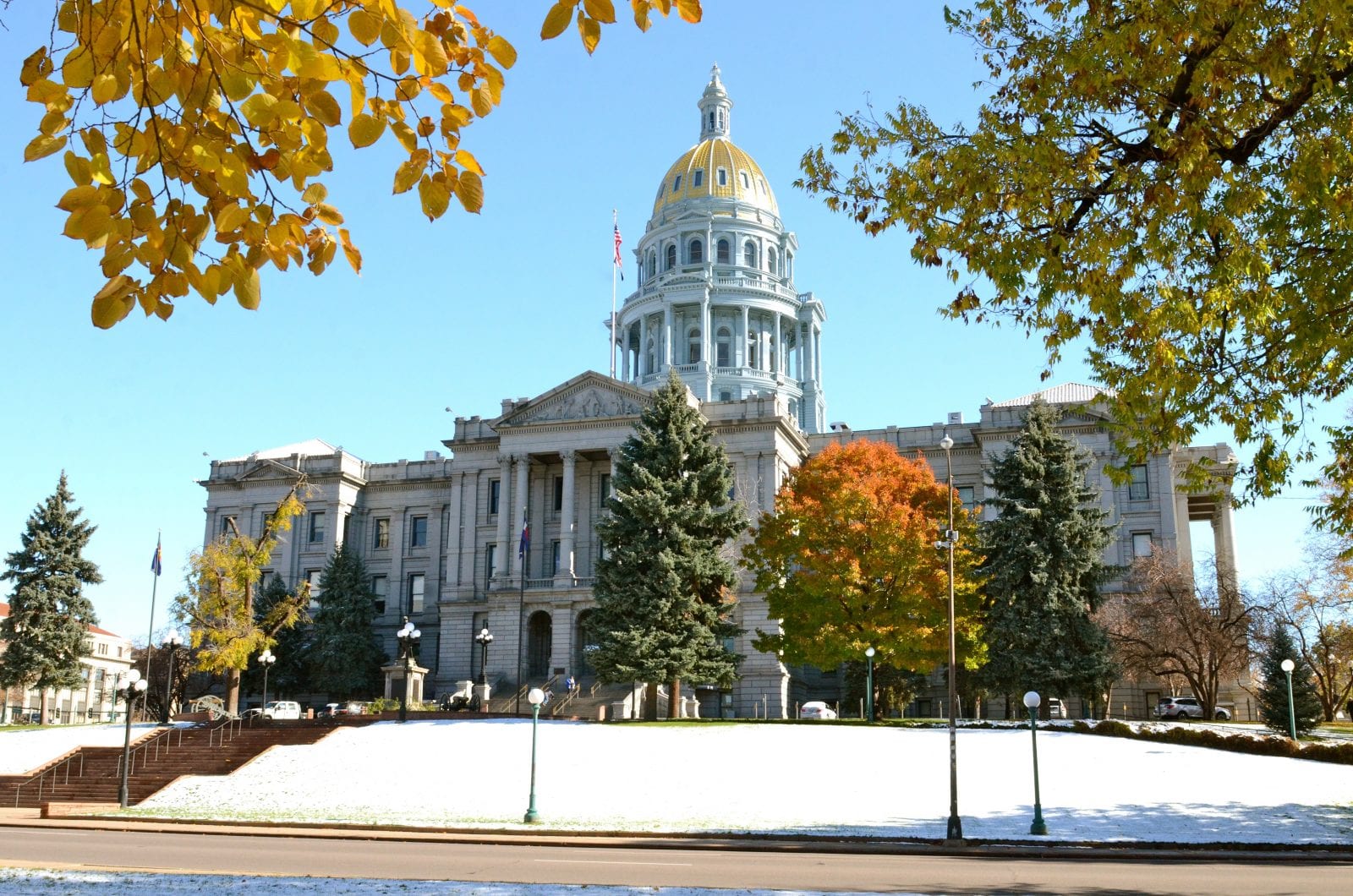
One thing you can be sure of is that there are plenty of weird facts to learn about Colorado. If you’re visiting and want to learn more about the area, here’s our growing list of random factoids.
1. Be in four different states at the same time.

Surprisingly, it is possible to be in more than two states at the same time. In the southwest corner of Colorado, the state borders three others, Arizona, New Mexico, and Utah. This is quite the phenomenon as it’s the only place in the whole of America where the corners of four states all meet.
So, if you’re in Colorado, head to the Four Corners Monument to stand in Arizona, New Mexico, and Utah at the same time.
2. Colorado is home to the world’s largest natural hot springs swimming pool.
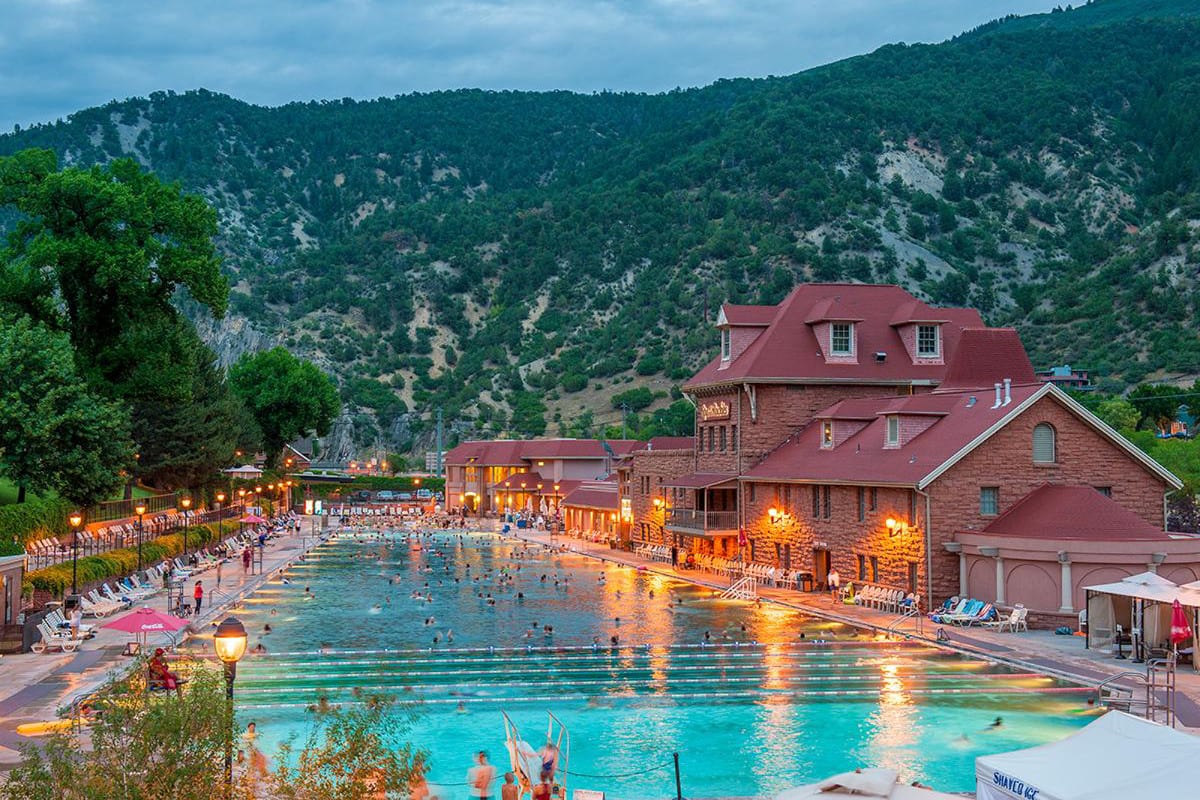
Glenwood Springs houses the largest mineral pool in the world, it is also one of the hottest in Colorado. The source of the Glenwood Hot Springs’s mineral water is the Yampah Spring. The spring produces over 3.5 million gallons of water per day at a scolding 122F.
3. Colorado is also home to the world’s deepest hot springs.

The Mother Spring aquifer in Pagosa Springs sits over 1,002 feet deep. This geothermal hot spring feeds the baths at The Springs Resort and Spa, The Overlook Hot Springs, and the Healing Waters Resort and Spa.
Learn more about the hot springs near Pagosa Springs.
4. Colorado has the world’s largest flat-top mountain.
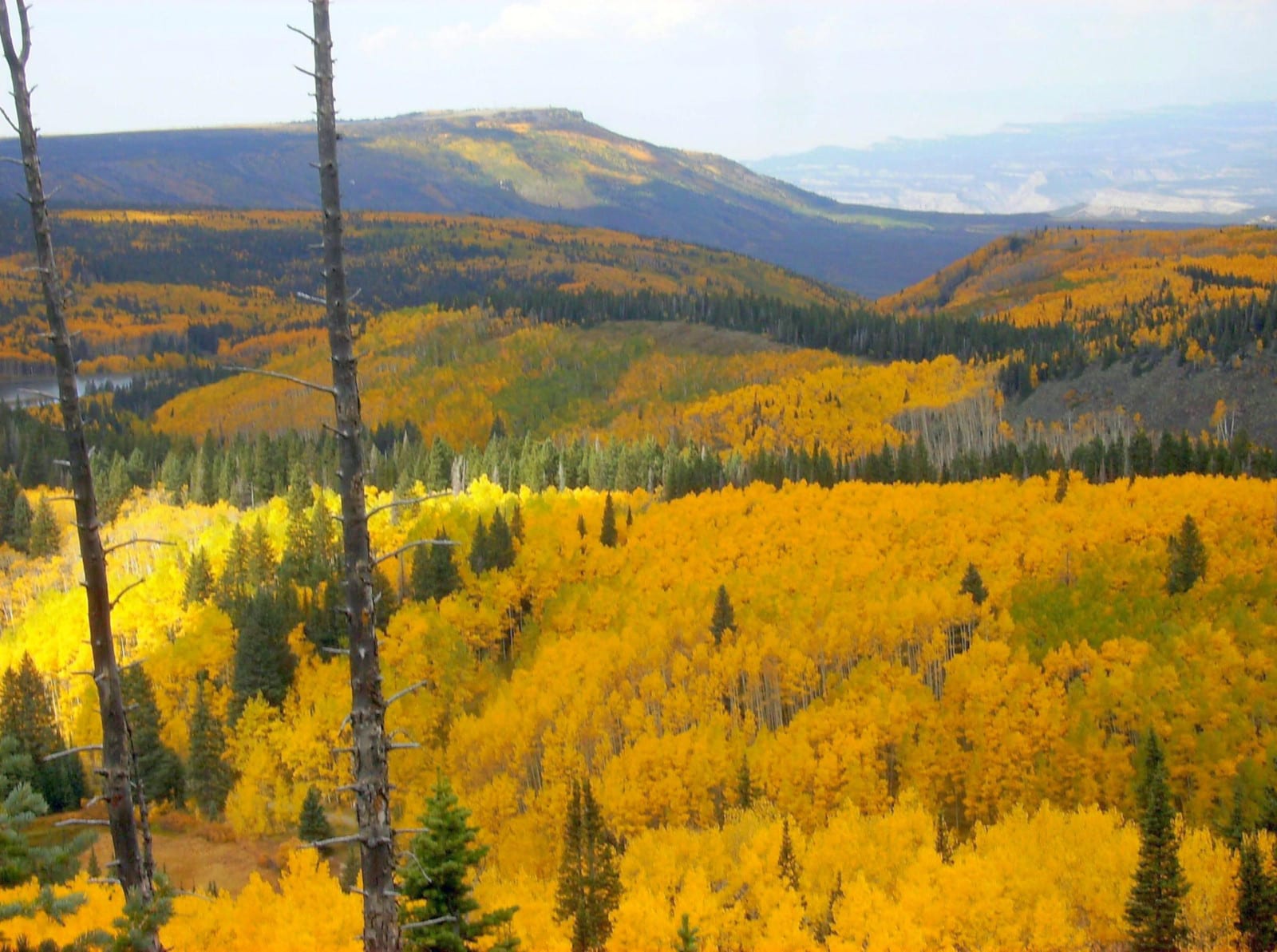
The Grand Mesa is known as the largest flattop mountain in the world. Spanning hundreds of square miles and standing more than 10,000 feet above sea level, the Grand Mesa is home to various wildlife, distinct geologic features, a national forest, beautiful views, and a national scenic byway.
The Grand Mesa, which is located close to Grand Junction, has a total area of around 500 square miles, reaching as far as both the Colorado and Gunnison rivers. Most of the mesa itself is located within the Grand Mesa National Forest, which is inhabited by many species of animals.
5. The highest paved road in the U.S. resides within Colorado.
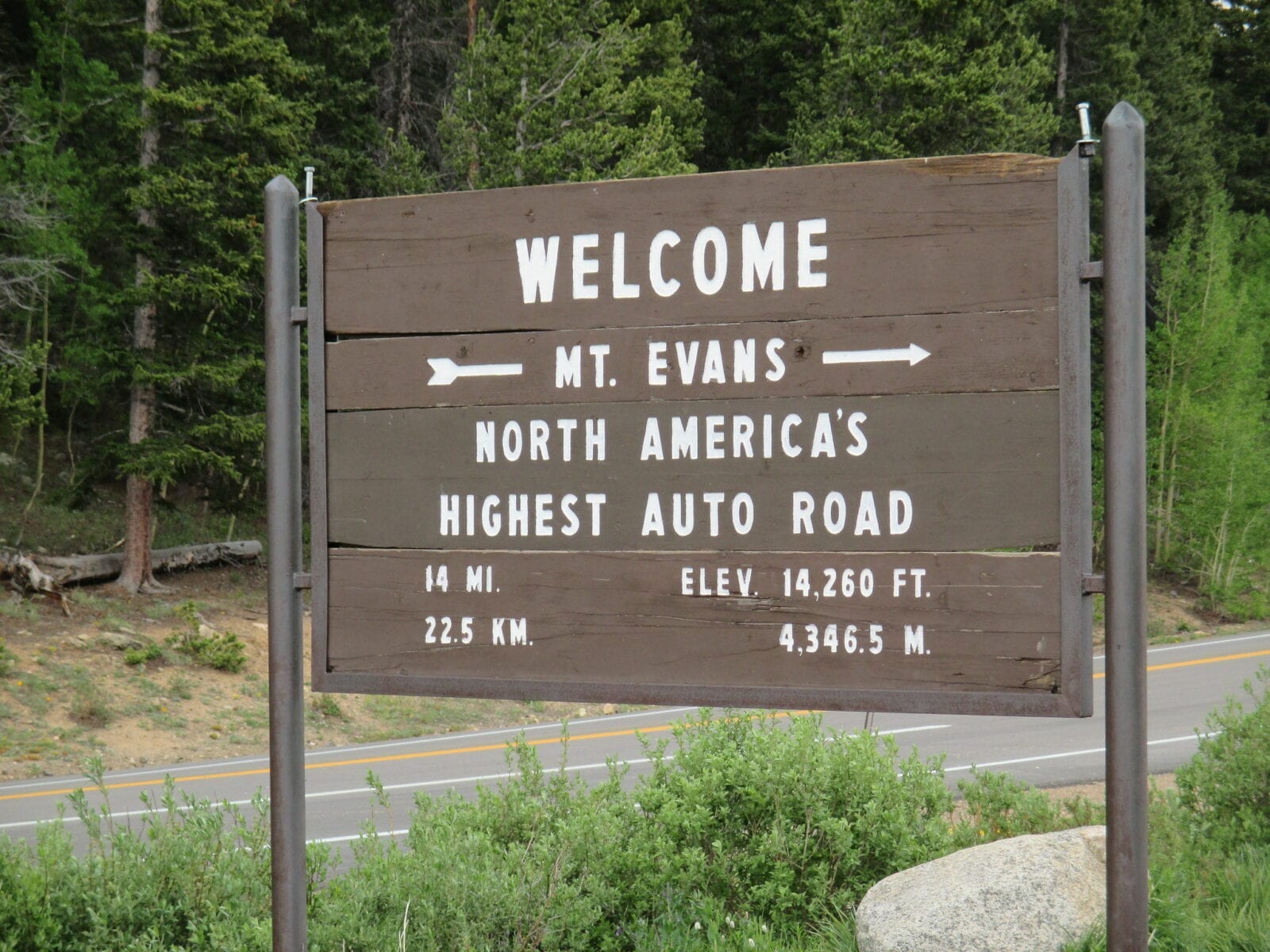
The Mount Blue Sky Scenic Byway is the highest paved road in the U.S. The road climbs up to 14,258 feet above sea level and guides travelers up steep and curvy terrain to bring them to the top of Mt. Blue Sky, one of Colorado’s famed 14ers. Once at the top, it is a short “hike” to the summit.
6. The capital city of Denver sits exactly one mile high.
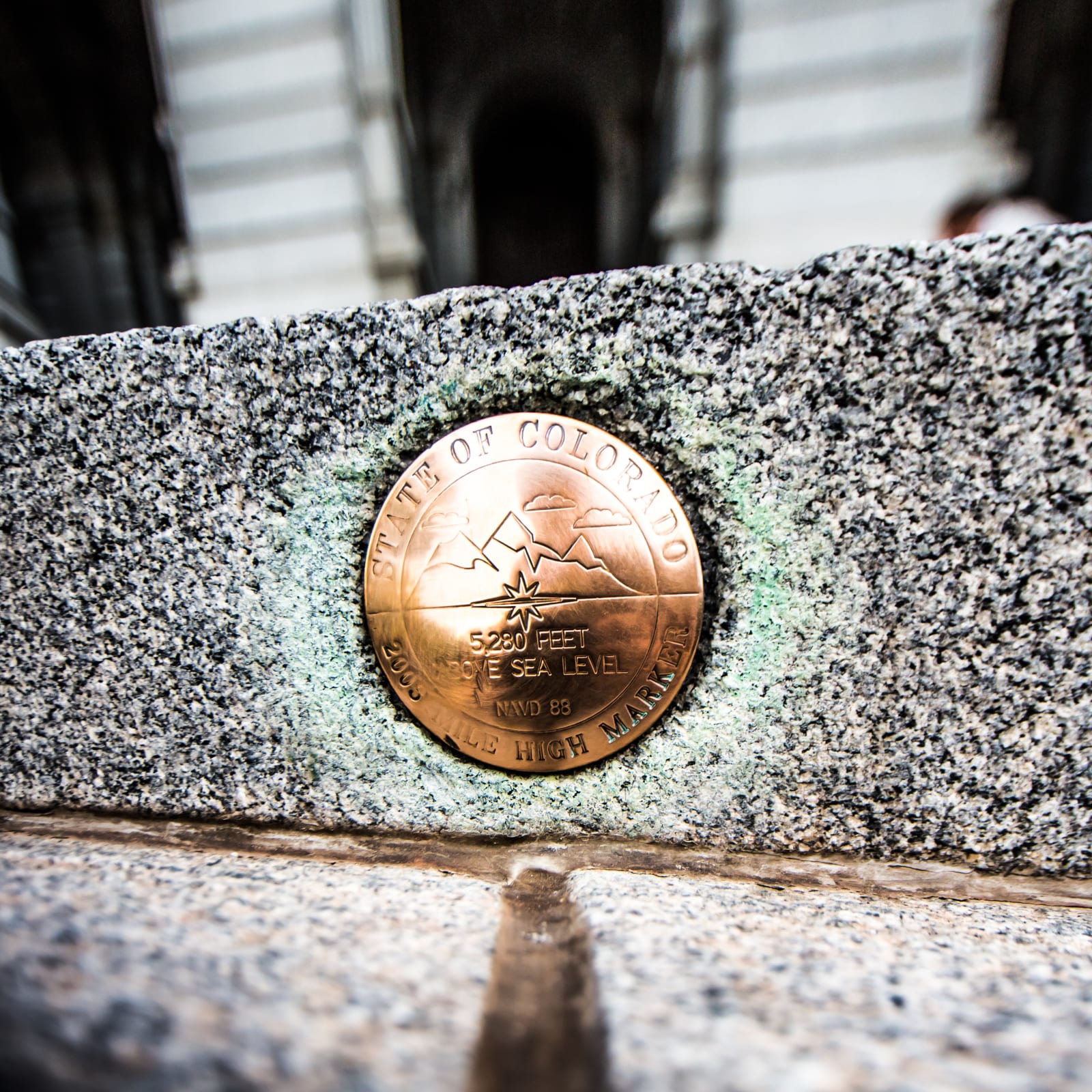
Coined “the mile-high city,” Denver’s 13th step of the Colorado State Capitol Building sits right at 5,280 feet above sea level. This step has become somewhat of a tourist attraction, with many visitors to Denver posing for pictures. Of course, you can download an elevation app and check for yourself.
7. The country’s highest suspension bridge is in Colorado.
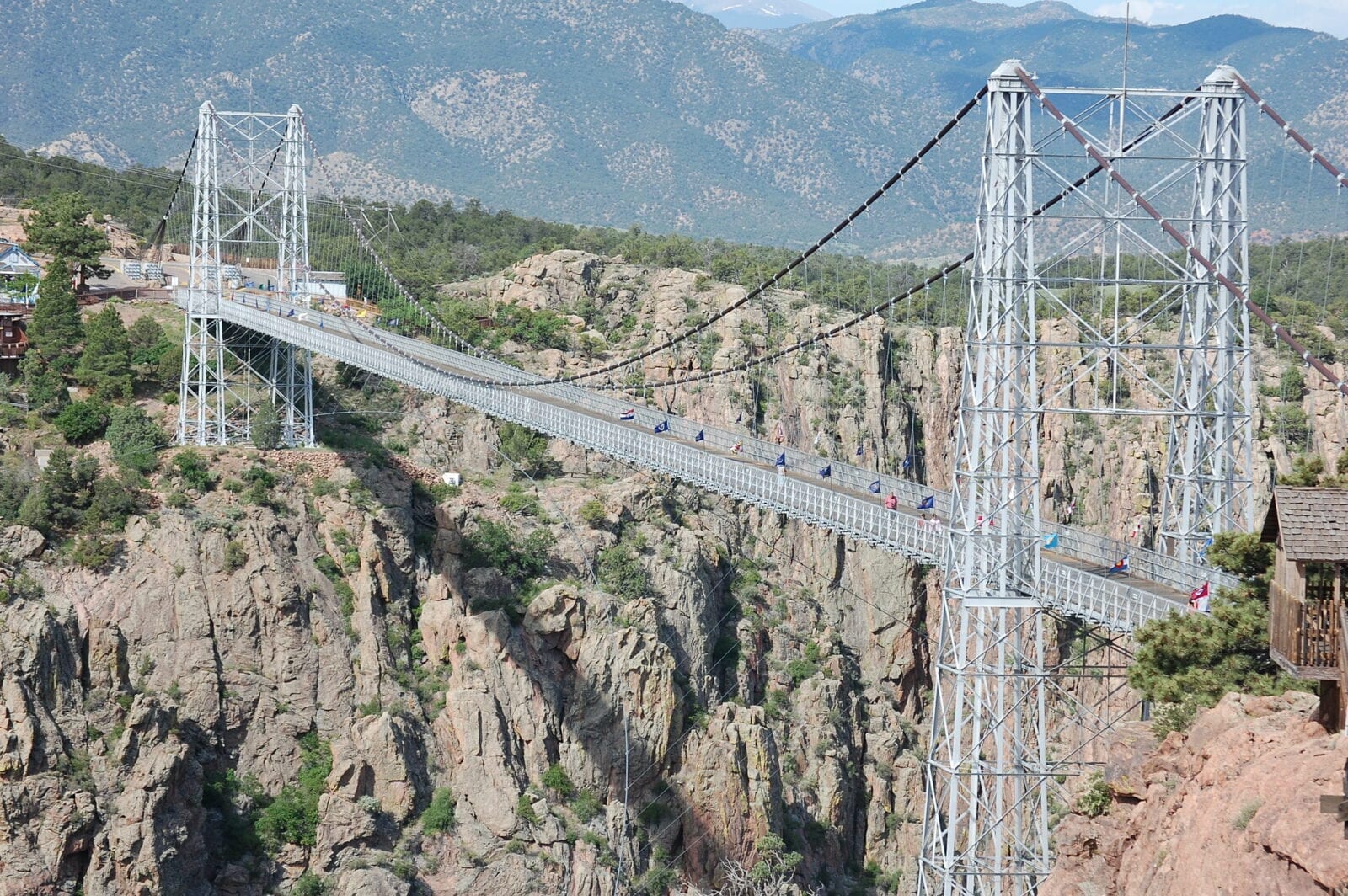
The Royal Gorge Bridge in Cañon City is one of the highest suspension bridges in the world, reaching a height of 1,053 feet. The area has been developed into a bit of a theme park with some rides, as well as camping. There’s also a train and whitewater rafting that runs through the famous gorge.
8. Colorado is the only state in history to turn down the Olympics.

In a classic case of “be careful what you wish for”, after trying to win the bid to host the Olympics for decades, Colorado declined the offer to host the 1976 Winter Olympics. They were supposed to be held in Denver, but citizens voted against it.
They claimed it would be too costly, create pollution, and increase the state’s population, which outweighed the potential boon to the economy. Ironically, Colorado is home to the U.S. Olympic Committee and the Olympic Training Center. If you need your winter sports history fixed then stop by the CO Snowsports Museum in Vail, which is also the Colorado Ski Hall of Fame.
9. The longest continuous commercial street in America is Colfax Avenue.
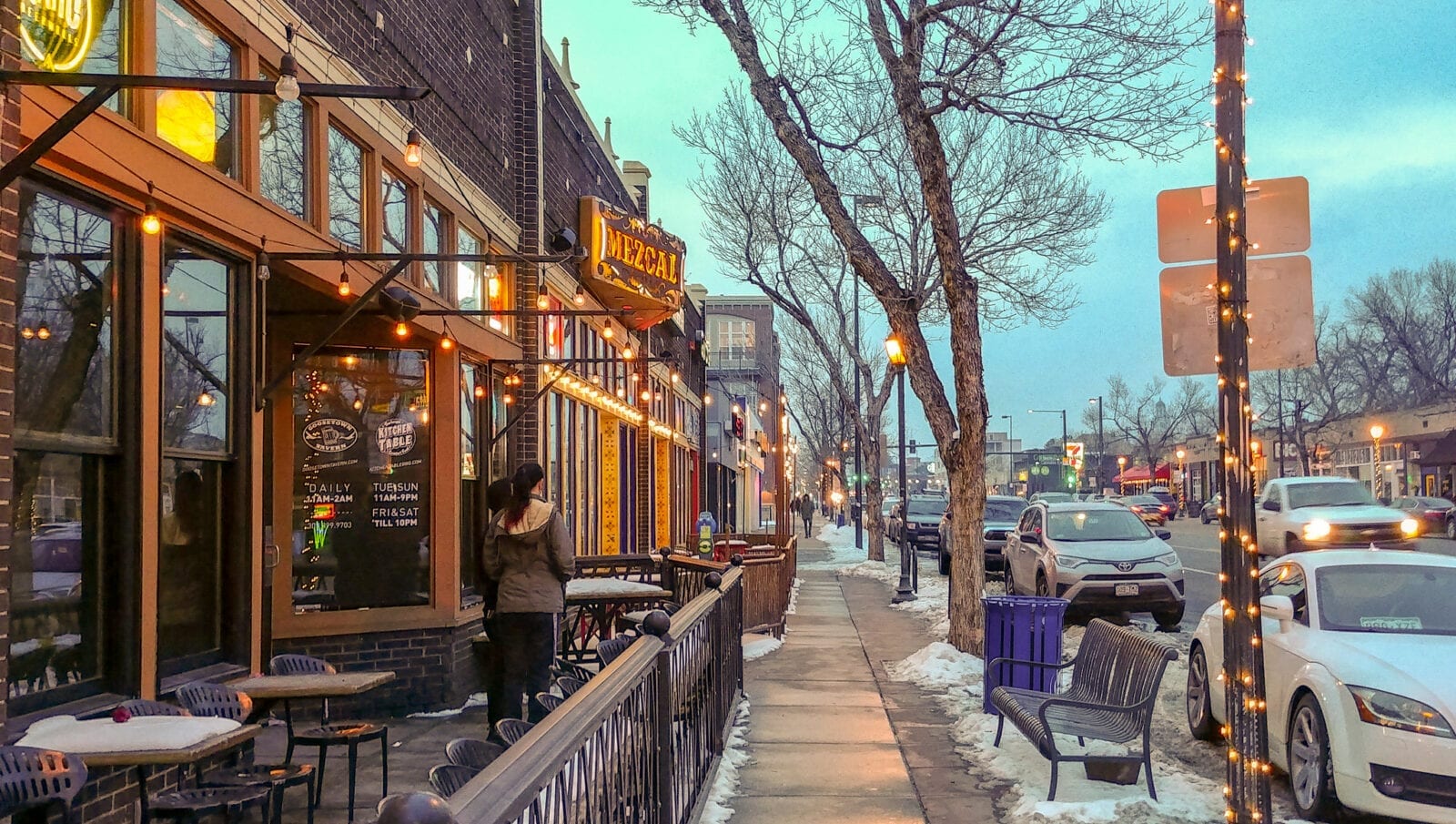
Running through the central part of Denver, it is the longest continuous commercial street in the U.S. The street stretches 26.5 miles long and is home to the famous Colfax Marathon. It’s separated into East and West Colfax at Downtown Denver and runs right by the state capitol building.
10. Leadville, Colorado is the highest incorporated city in the U.S.
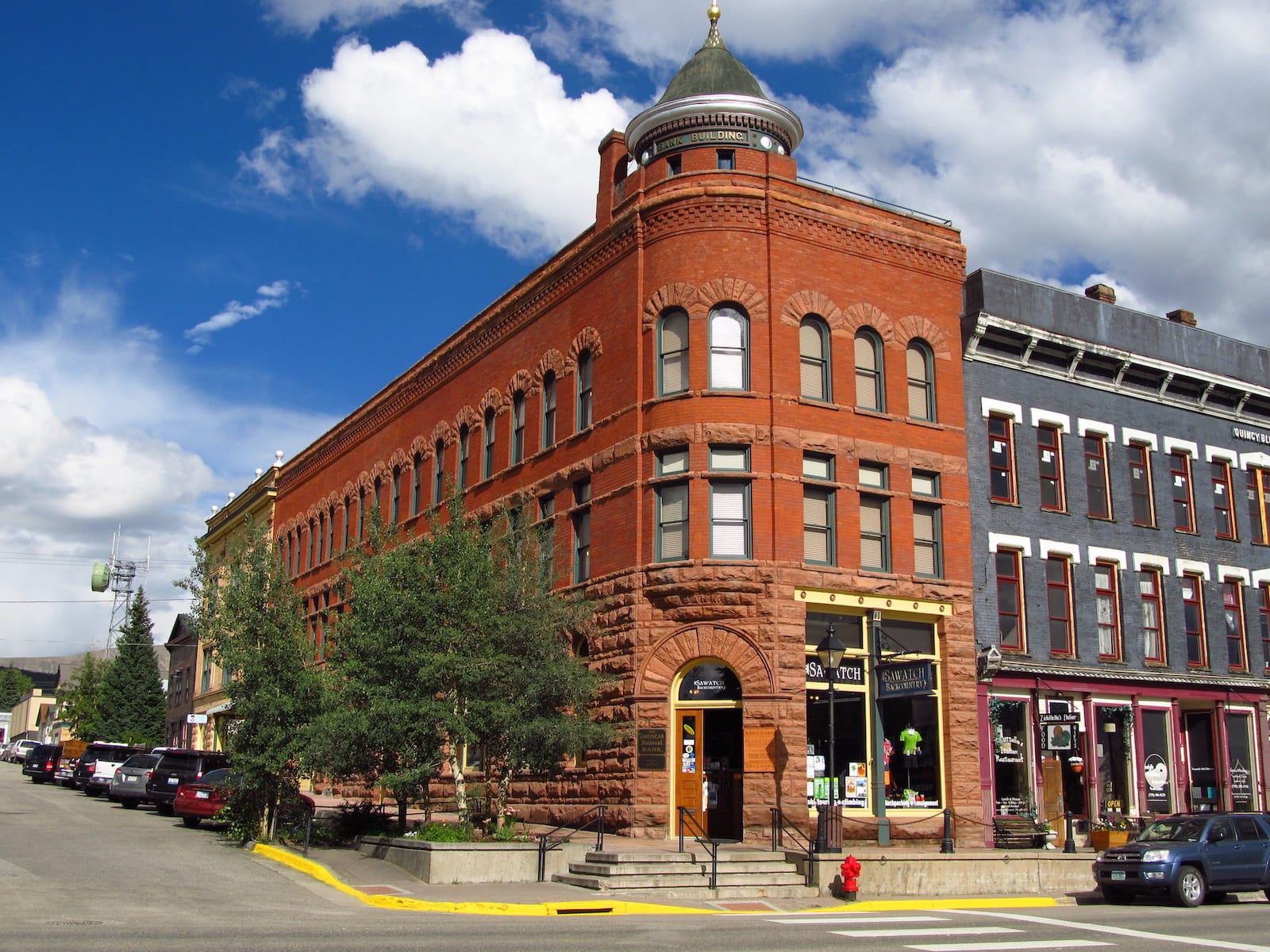
Resting at 10,152 feet this old mining town is still a vibrant place for tourists and locals alike with a historic downtown, museums, restaurants, shops, and plenty of outdoor activities. Stop by Leadville year-round for a slice of authentic Old West.
11. Hike the tallest sand dune in America.
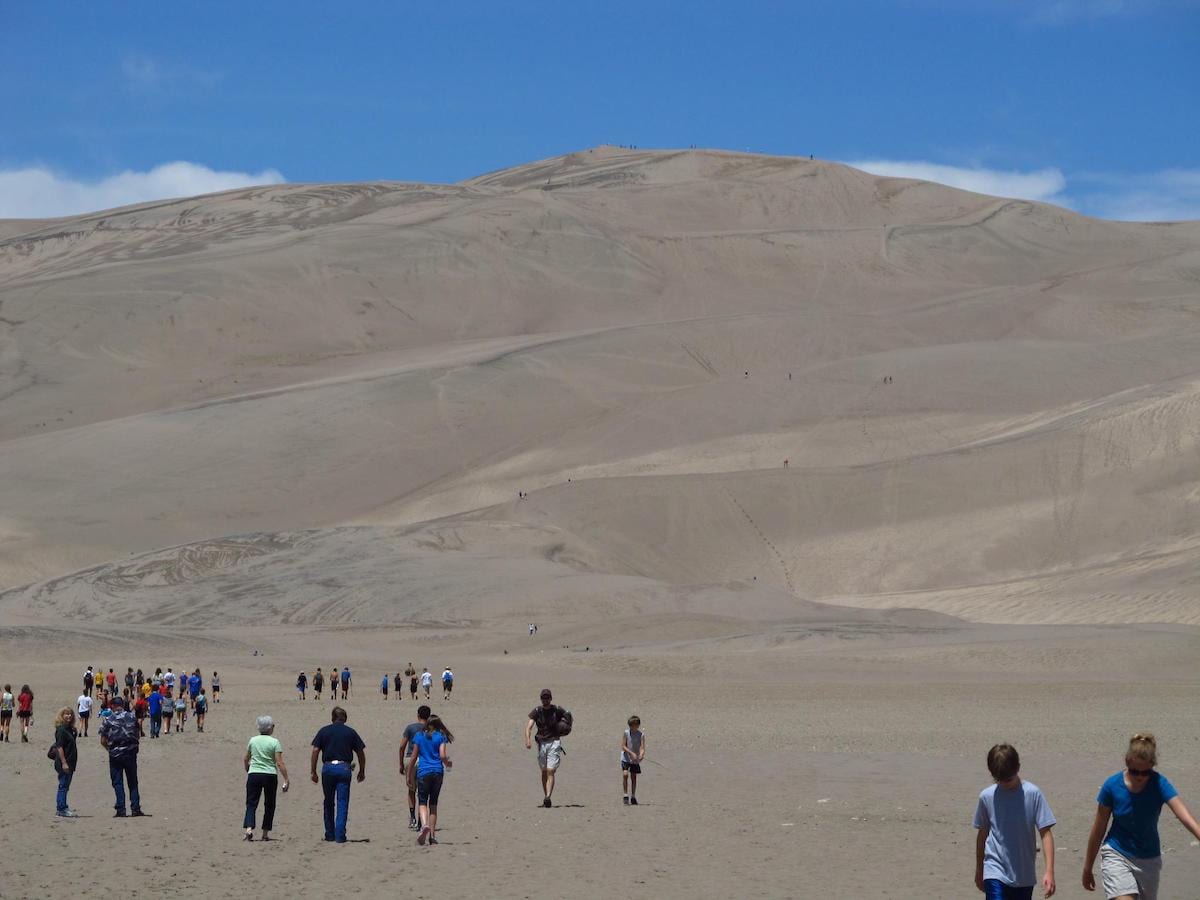
The Great Sand Dunes National Park, located in the San Luis Valley of Colorado, is host to the tallest dune in the U.S., named the Star Dune. The dune rises just 750 feet above the valley floor, making it perfect for some sand surfing.
12. Rocky Ford is “the sweet melon capital of the world.
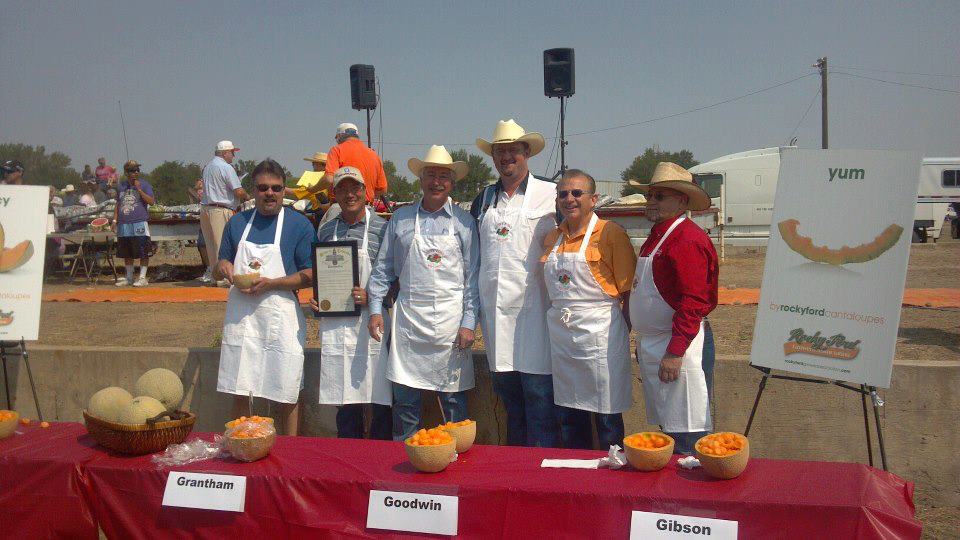
We know the best peaches come from Palisade and the best green chilis come from Pueblo, but did you know that the best sweet melon comes from Rocky Ford? Located in the Arkansas Valley of Eastern Colorado, the town boasts a flourishing agriculture scene with mostly delicious cantaloupe and watermelon.
13. The largest part of the population lives along the Front Range.
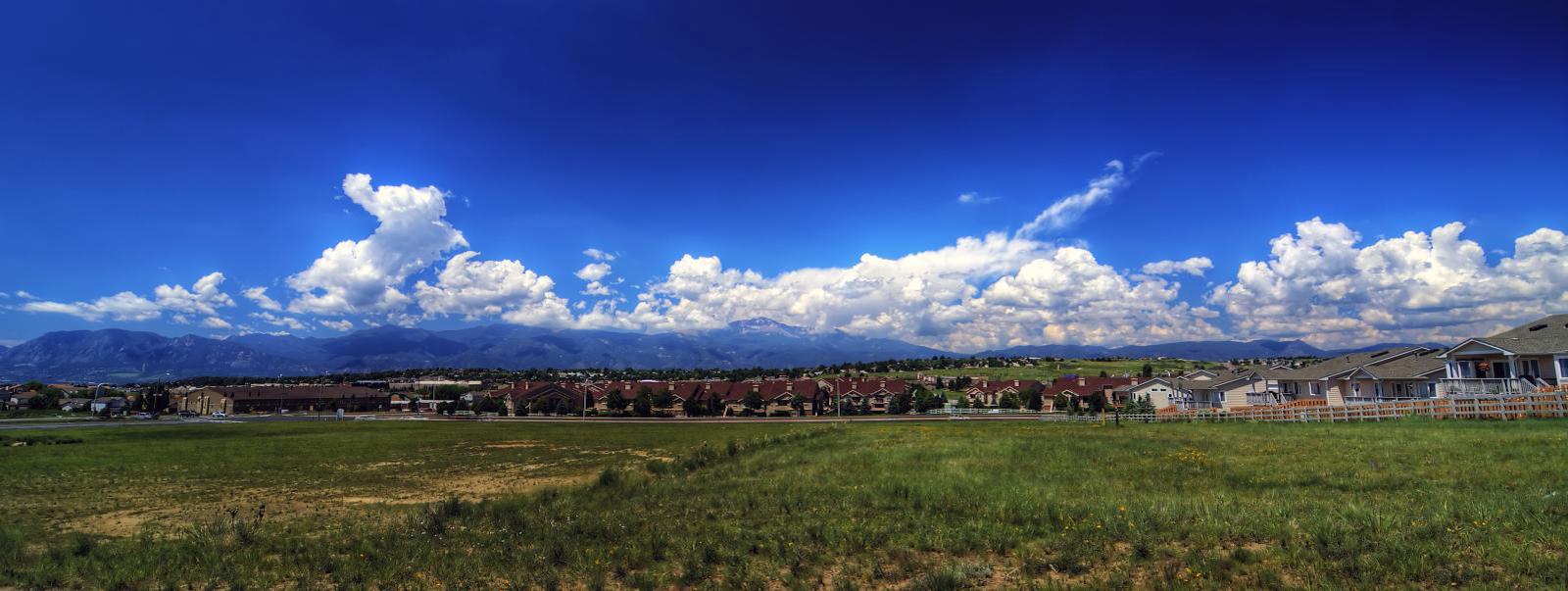
Roughly 70% of the population lives alongside what is known as the Front Range Urban Corridor at the eastern base of the Rockies. It runs from Fort Collins in the north, south to past Denver, Colorado Springs, and ends around Pueblo. Colorado’s ten largest cities are all located here.
14. The name Colorado means “colored red.”

Derived from the Spanish language, the name was given due to the red silt carried out by the Colorado River. Head-watered in Rocky Mountain National Park, this epic river flows through five states, which also include Utah, Arizona, Nevada, and California, before ending in Mexico.
15. “America the Beautiful” was written about Pike’s Peak.
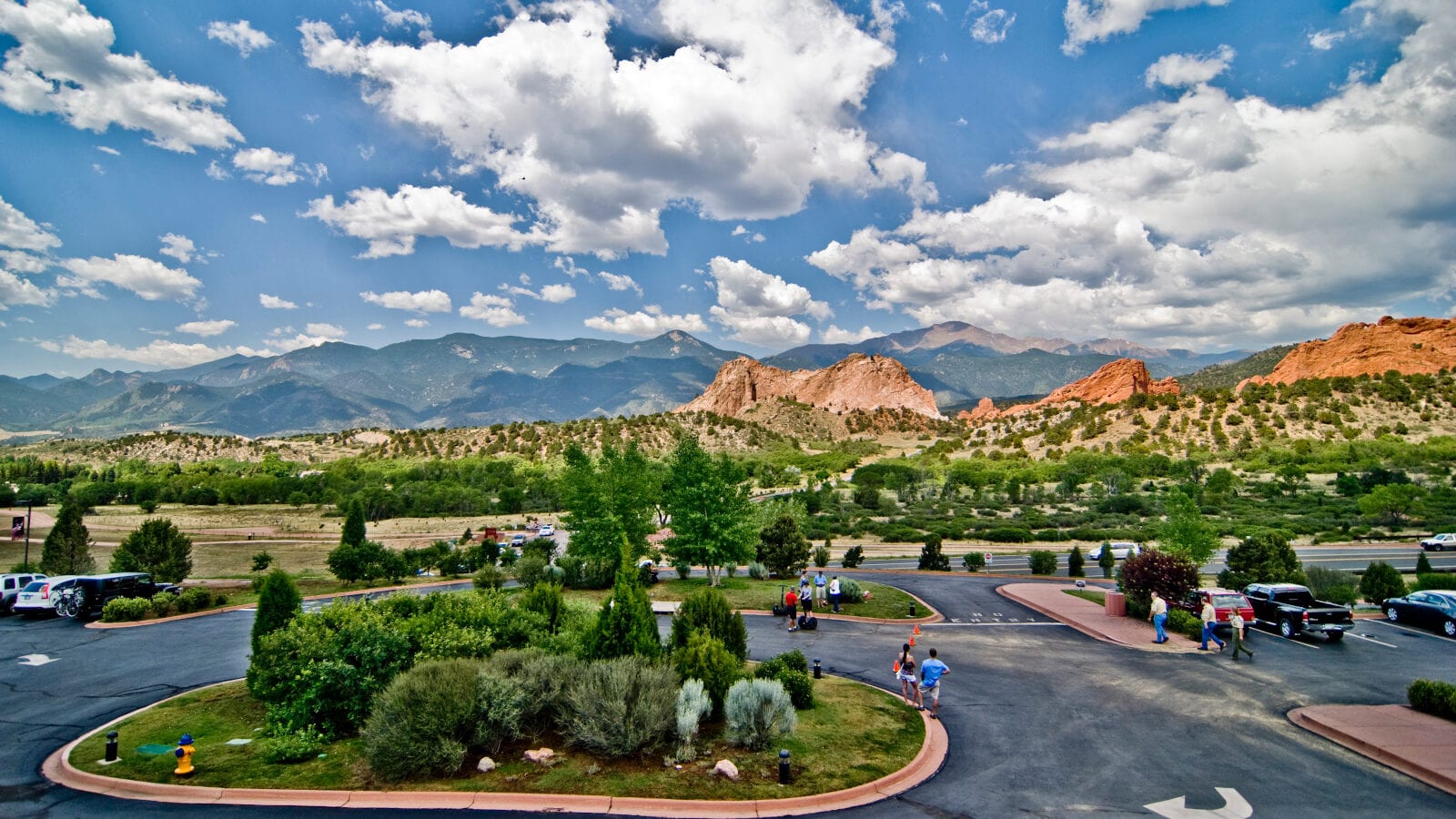
The song, “America the Beautiful,” written by Katherine Lee Bates, was inspired by the views she saw from Pike’s Peak. Surprisingly, the Pikes Peak Highway goes all the way to the top year round, weather pending (unlike Mt Blue Sky Byway, which closes from late October to May).
16. Colorado holds 75% of the land area in the Continental U.S. above 10,000 feet.

The Rocky Mountains in Colorado contain many massive peaks that reach over 10,000 feet. The tree line (where the trees disappear and the rocky peaks begin) is between 11,500 and 12,000 feet.
17. 1/3 of the land in Colorado is owned by the United States Federal Government.
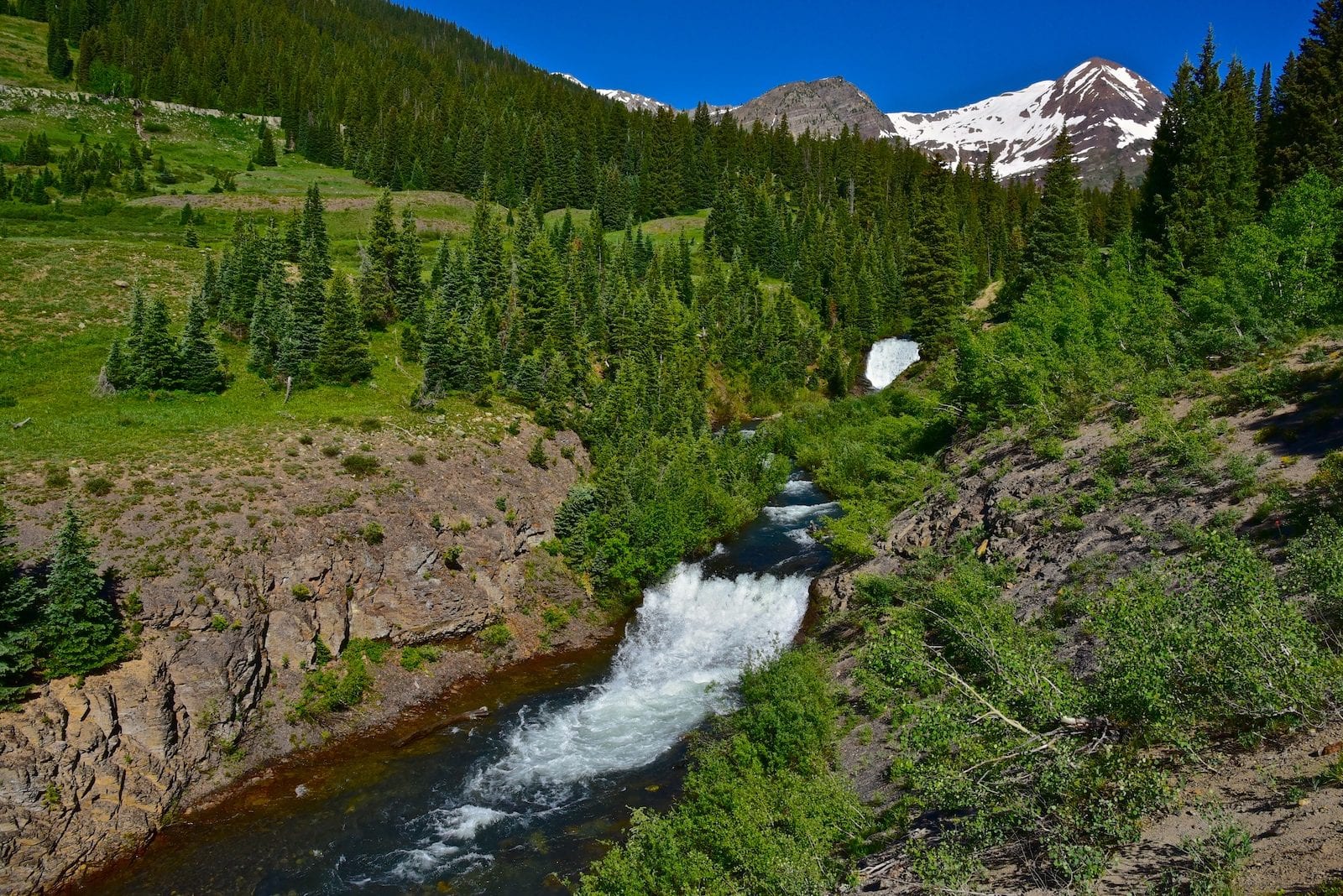
The majority of federally-owned land in Colorado consists of the National Forest Service and the Bureau of Land Management (BLM) land. Unless otherwise noted, it’s open to the public year-round and free to use (within the rules) because it’s your land too.
18. Colorado is home to 58 14,000+ foot peaks.
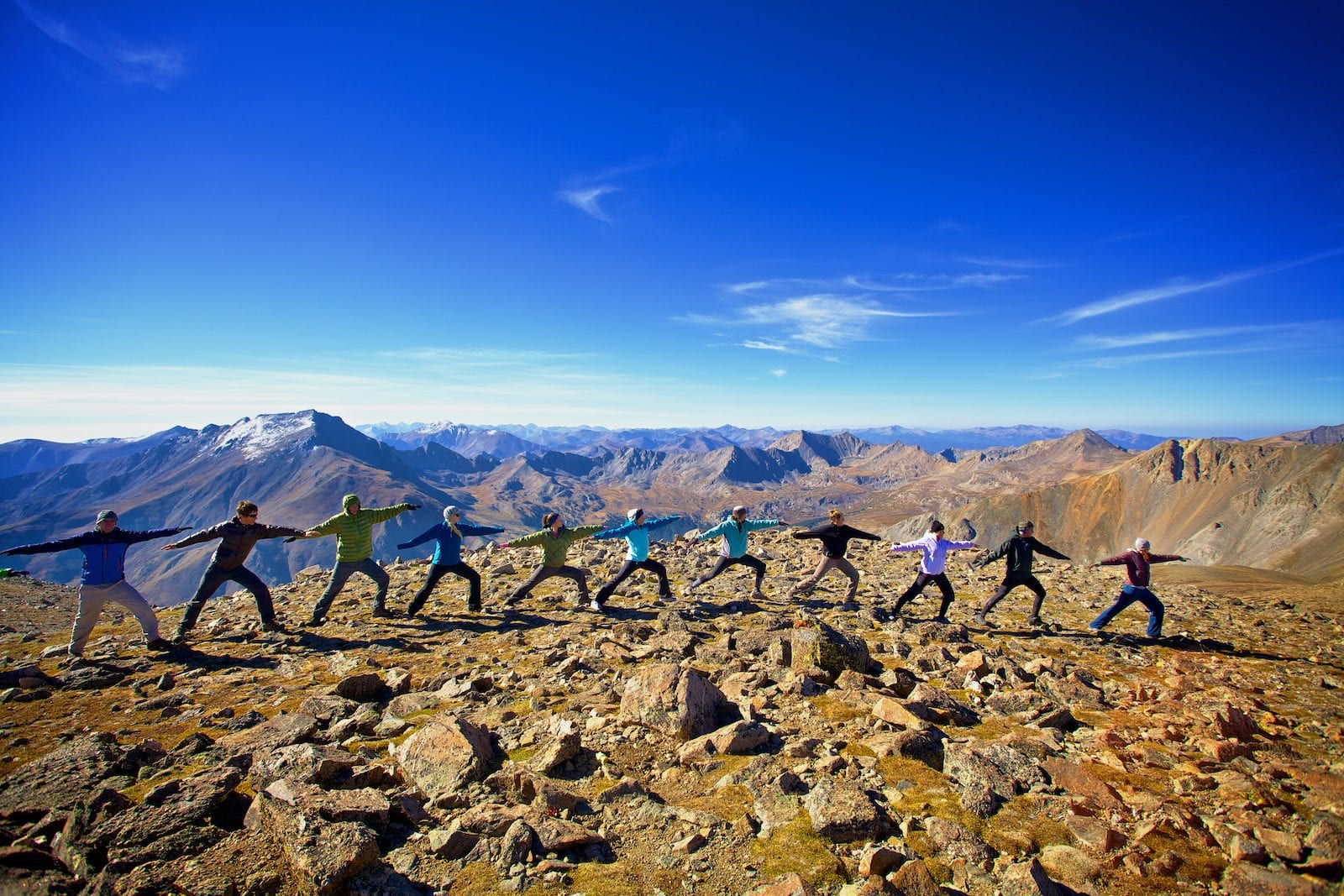
It’s often debated how many 14,000+ peaks reside in Colorado. The Colorado Geological Survey says 58, so that’s what we say. The rule is that it must rise at least 300 feet above the saddle connecting two 14,000+ mountains for it to qualify as two distinct peaks. A popular activity amongst locals is to hike to the top of these peaks, referring to them as “14ers”.
Beginners often choose Mount Bierstadt (14,065′) near Georgetown on the Front Range. Some of the most popular of the 58 fourteeners includes the only three visible from Denver: Pike’s Peak (14,110′), Mt Blue Sky (14,270′), and Longs Peak (14,260′), as well as the tallest one, Mt Elbert (14,440′).
19. Colorado has the highest mean altitude of any of the 50 states.
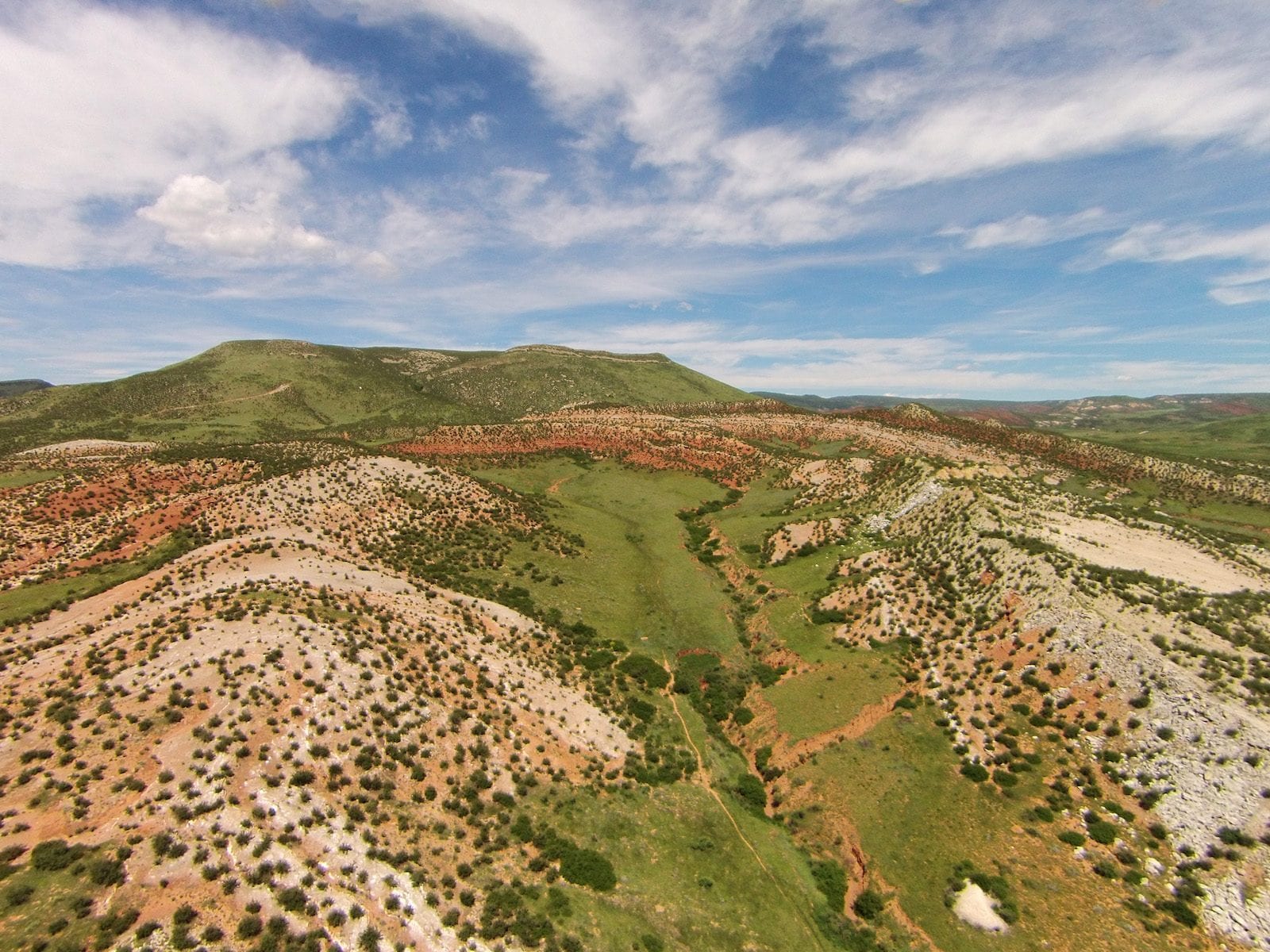
Because the Rocky Mountains cover such a large portion of the state, the mean elevation of Colorado is 6,800 feet. From the highest point of 14,440 feet atop Mount Elbert to the lowest point at 3,315 feet in the eastern plains where the Arikaree River flows into Kansas, Colorado has a wicked high mean elevation.
20. Colorado is nicknamed the Centennial State.
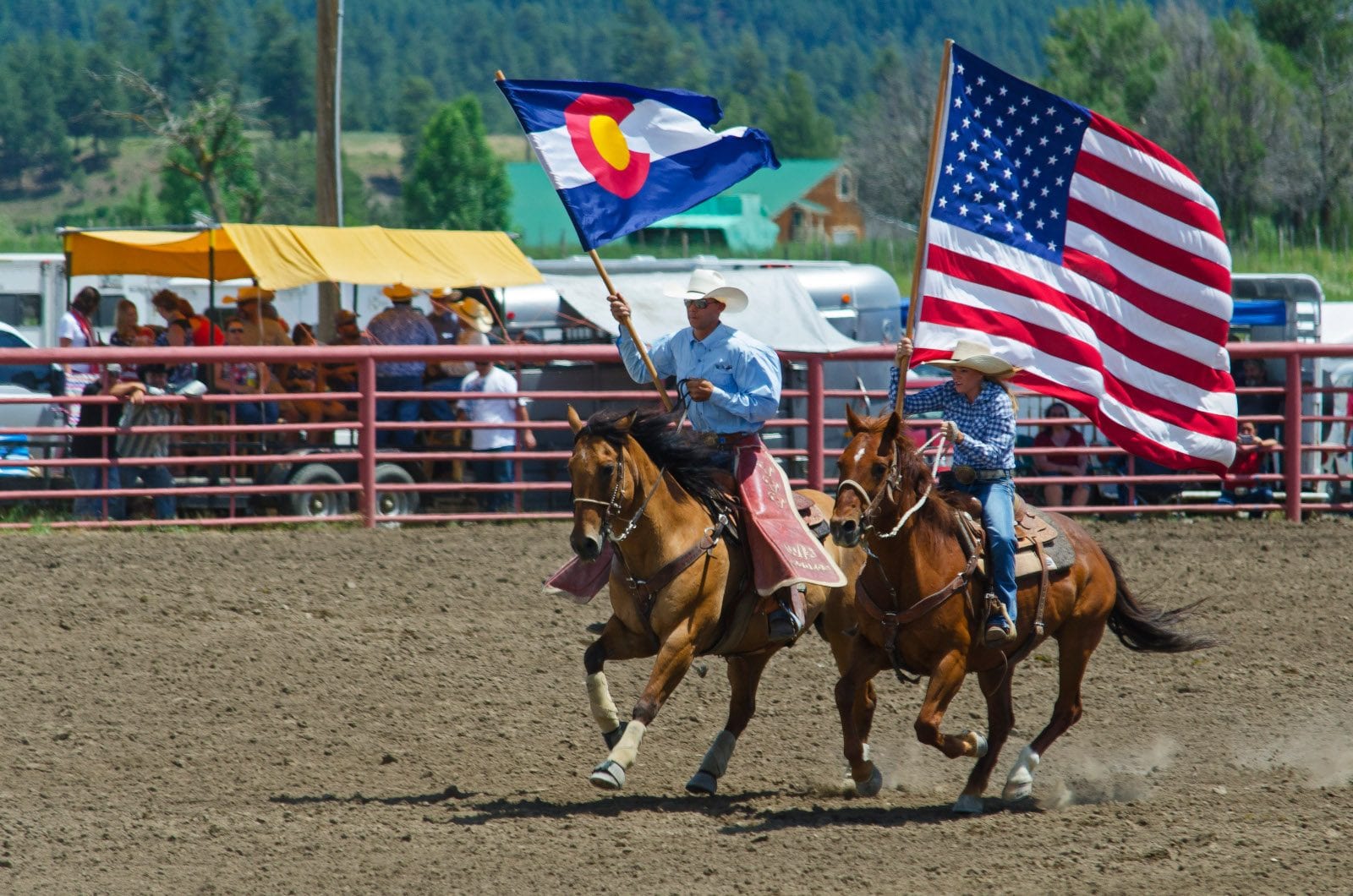
The state entered into statehood in 1876 on the 100th anniversary of U.S. independence, which was established on July 4th, 1776. This made it the 38th state of America. It’s the 8th largest state in terms of land mass.
21. Drive through the highest auto tunnel in the United States.
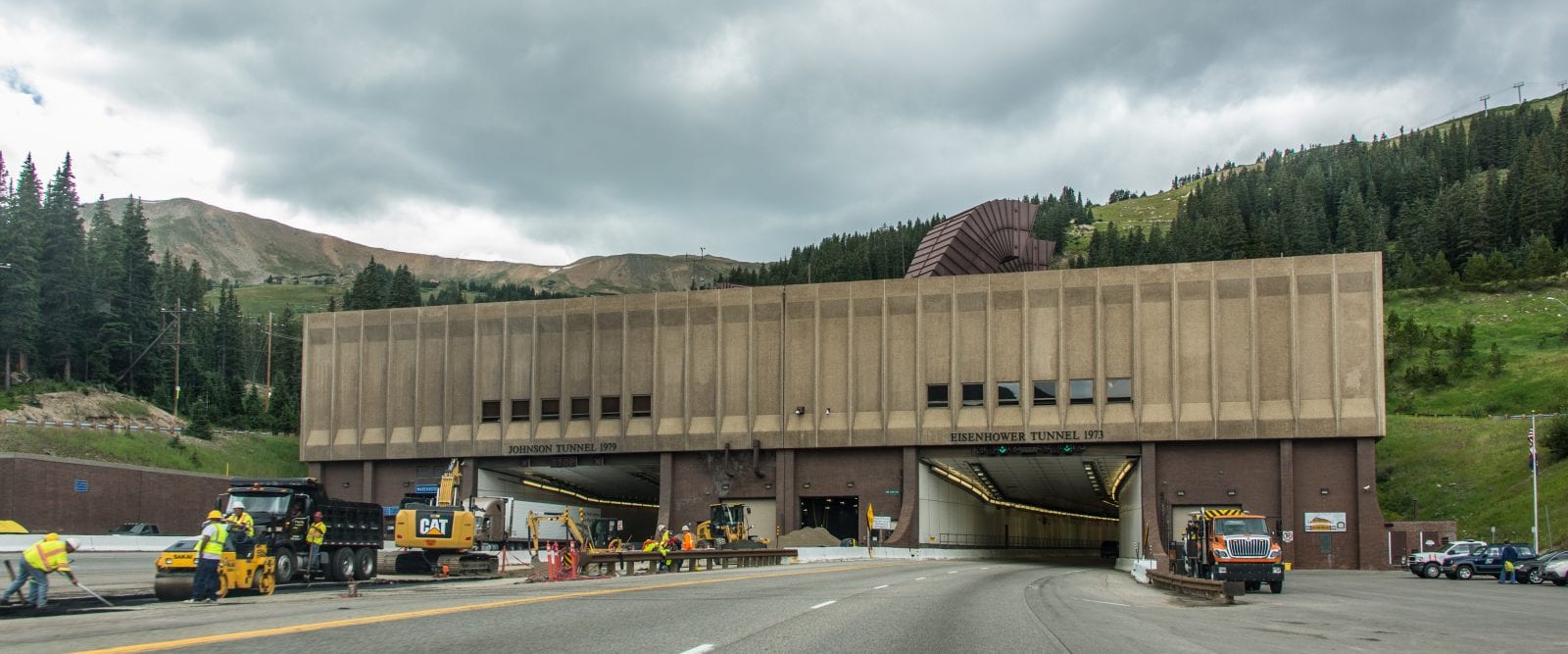
Casually called the Eisenhower Tunnel, the officially named Eisenhower–Edwin C. Johnson Memorial Tunnel (EJMT) runs along I-70 and spans 1.6 miles long. It’s also the highest point on the Interstate Highway System reaching a point of 11,158 feet.
Interestingly, the westbound bore, completed in 1973, is named after former U.S. President Dwight D. Eisenhower, while the eastbound bore, opened in 1979, is named after Edwin C. Johnson, a Colorado governor and U.S. senator who pushed for the Interstate Highway to cross the state.
Also fascinating is that the highest vehicular auto tunnel in the world is located in Southwest China’s Tibet autonomous region. At 4,750 meters (15,584 feet) above sea level, the Mila Mountain Tunnel runs 5.7 km long and connects the regional capital of Lhasa with Nyingchi in Southeast Tibet. It opened in 2019.
22. The much-loved tire clamp was created in Colorado.

Parking in the wrong place in many areas of the world can lead to a vehicle having a tire clamped, with the owner having to pay a fine to have the clamp removed. These devices are an object of great frustration for many vehicle owners around the globe.
Some may be interested to learn that tire clamps were created in Denver, Colorado. Frank Marugg, a concert violinist, is the man behind the device after inventing it in 1944. It’s known as the Denver Boot!
23. The cheeseburger was trademarked in Denver.
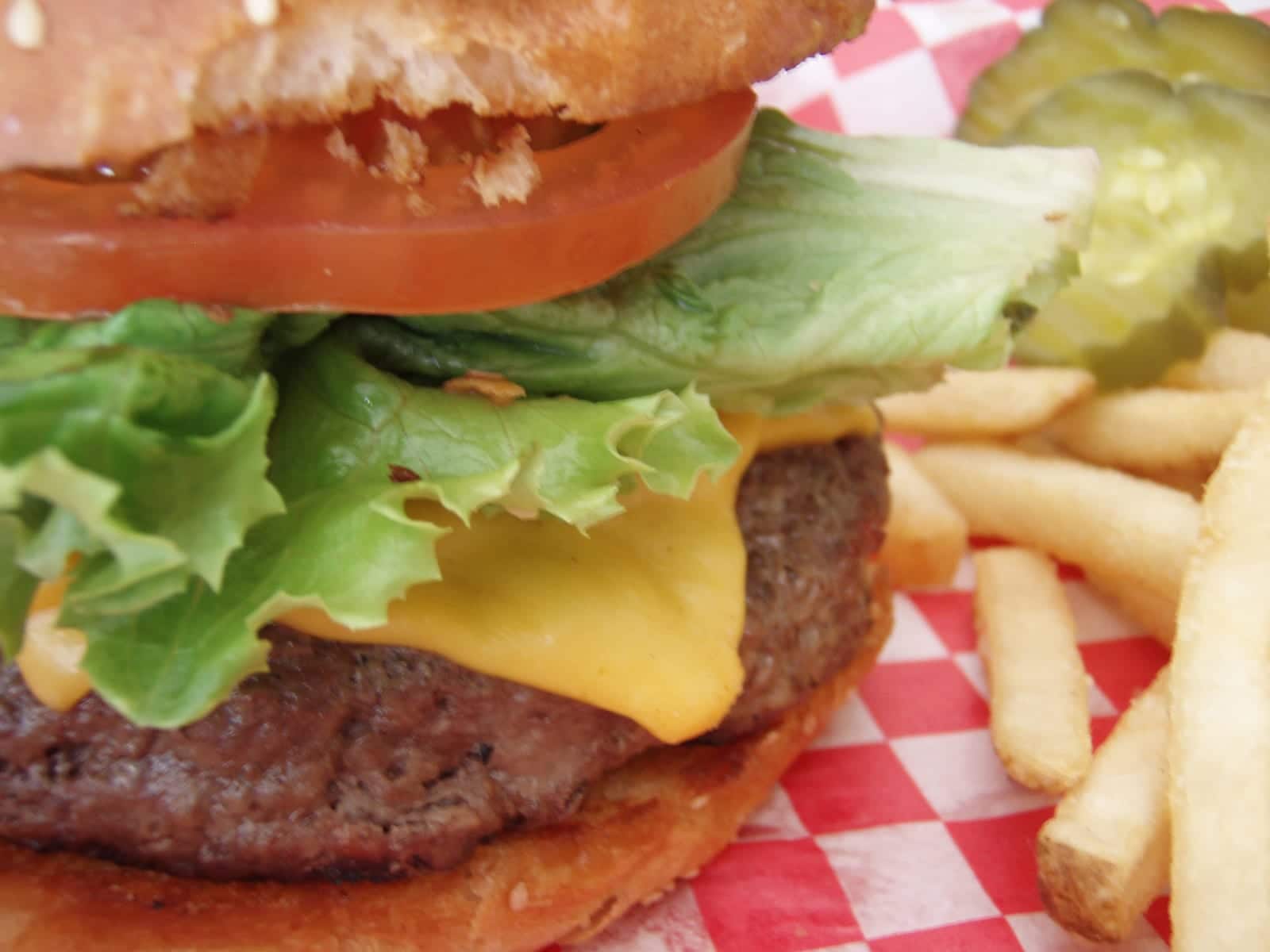
Everybody loves a cheeseburger, right? Well, it’s very possible that the cheeseburger was created in Denver. Many other restaurants lay claim to the invention, which has been the staple on many menus ever since. However, it was Louis Ballast of the Humpty-Dumpty Drive-In in Denver who was awarded the trademark for the cheeseburger in 1935.

As you can see, there are some fantastic things to learn about Colorado to expand your trivia knowledge. It’s a U.S. state that has a rich history behind it, and this is one of the reasons it remains very popular with tourists today.
While we’ve done our best to pick out a few facts, there are plenty more to learn about, but we’ll leave that for when people visit Colorado. Bon voyage!


 Where to See Moose in Colorado
Where to See Moose in Colorado